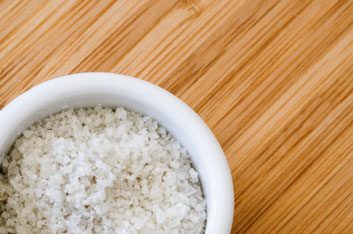
Smarten up about sodium
Sodium is an essential nutrient. But in high doses, it does more harm than good. Consuming too much sodium can lead to high blood pressure, which is the major cause of cardiovascular disease. Possible end results: heart attack or stroke. In fact, every seven minutes, someone in Canada dies from heart disease or stroke .
In addition, cardiovascular disease costs the Canadian economy $20 billion per year in preventable medical costs, lost wages, and decreased productivity, says the Heart and Stroke Foundation of Canada.
Don’t become a statistic: lower your risk by reducing your sodium intake. Here’s how.
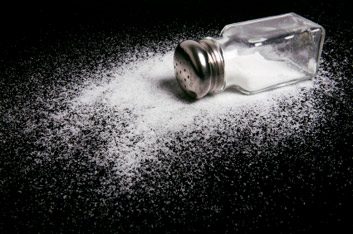
1. Identify your salt problem
Do you consume too much sodium? If you’re like the vast majority of Canadians: probably. According to Health Canada’s 2004 Canadian Community Health Survey, Canadians aged between 9 and 70, consume an average of about 3,400 mg sodium per day.
Canadians are not alone. Sodium overconsumption is a global concern, and the World Health Organization has set 2,000mg (approximately 5g of table salt, or sodium chloride), as the international daily maximum.
You can improve your own health by making it your daily maximum too.
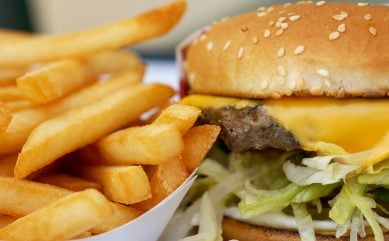
2. Trade ready-made meals for homemade meals
Convenience foods are guilty of a myriad of nutritional sins, including sky-high sodium.
According to Health Canada, “commercially processed foods” account for 77 percent of our daily sodium intake. ( “Commercially processed foods” are things you didn’t make from-scratch such as restaurant meals, supermarket-prepared foods, heat-and-serve freezer dishes, jarred sauces and canned foods like soup.)
“Whenever you consume packaged foods, you’re handing over responsibility for controlling the sodium level to someone else,” says Theresa Albert, a Toronto-based registered nutritionist and food coach.
Albert’s #1 tip for cutting sodium in your diet? Cut your intake of processed foods (or be sure you are choosing best in class). You’ll slash your sodium intake – not to mention sugar and saturated fat, too.
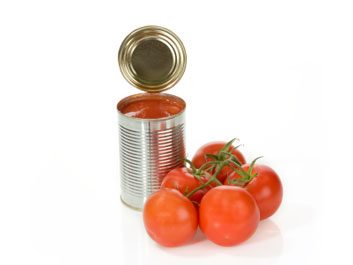
3. Become sodium literate
Don’t mistake “reduced sodium” sauces, soups, and other prepared foods and condiments, for low-sodium products.
For example, the “less sodium” version of one nationally available soy sauce contains 575 mg of sodium per 1 tablespoon serving. That’s considerably less than the 920mg/serving of its original formula, but still a huge chunk of your ideal daily sodium intake of 2,300mg or less.
Look for products labeled as “salt-free” (less than 5mg sodium per serving), or “low in sodium” (140 mg sodium or less, per serving) instead.
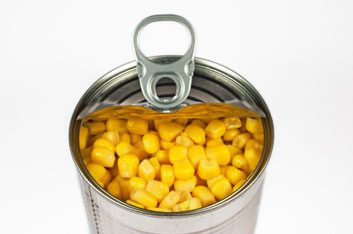
4. Rinse canned vegetables before heating them
Rinsing canned vegetables like corn, beans or peas in lukewarm water before heating, can reduce their sodium content by 9 to 23 percent, found one US department of Agriculture study.
Although this approach is smart if you consume canned vegetables, consider swapping canned for frozen. It’s just as timesaving, and plain, flash-frozen vegetables (with no added salt or sauces) allow you to better minimize the amount of sodium that goes into a dish.
Another option: low- or no-added-sodium canned foods.
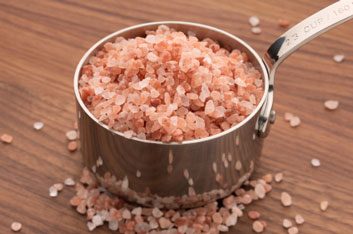
5. Add salt to plated meals – not while cooking
Humans are hardwired to love the taste of salt. So indulge your craving by spiffing up your dishes with a dash of finishing salt like Maldon salt flakes, Hawaiian black lava salt, or pink Himalayan halite salt. Finishing salts bring the salt flavour upfront, and add texture, too.
The key is cooking your meal from scratch (not using prepared sauces), without adding salt during the cooking process.
By swapping hidden sodium for finishing salt, you’ll probably consume less sodium, while enjoying your dining experience more.
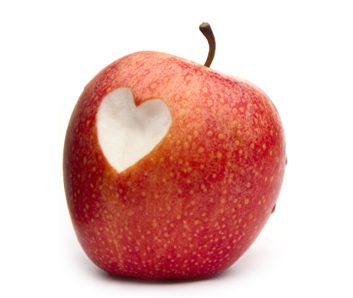
6. Look for the Health Check symbol on prepared foods and menus
The Heart & Stroke Foundation’s HealthCheck symbol is one fast and easy way to identify common prepared foods that meet nutritional standards based on Canada’s Food Guide.
Health Check choices are rated as having nutritionally appropriate amounts of fat, fibre, sugar and sodium.
The symbol can be found on over 2,000 prepared-food items, and it’s also increasingly common on chain-restaurant menus.
Nonetheless, even Health Check-certified convenience foods should be considered lesser options than wholesome fruit, vegetables, and lean protein that you’ve prepared yourself, says registered nutritionist Albert.
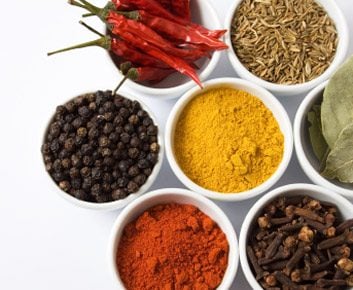
7. Swap salt for spices
If you like big, bold flavours, use herbs, citrus, garlic, and especially spices, to punch up your dishes. Prodigious use of these natural flavours – many of which contain beneficial compounds – will help you painlessly cut back on salt.
• Flavour meat, tofu or vegetables in a marinade of herbs, sliced or crushed garlic, citrus juice, and olive oil, before cooking.
• Use an herb/pepper/spice dry rub on meat, rather than traditional salt and pepper, before grilling.
• Amp up the flavour of any pasta sauce, soup, or casserole, by making it hot and spicy rather than salty-savoury. Experiment with ancho or chipotle peppers, chilis, smoky or regular paprika, and/or domestic or exotic foreign hot sauces.
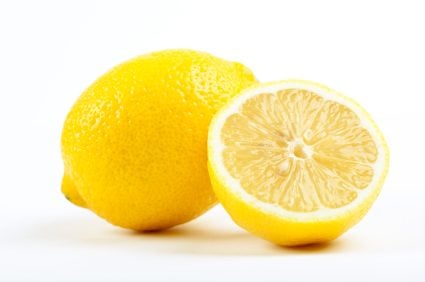
8. Eat a natural diet
“If the majority of your daily diet is fruit, vegetables and lean protein, a handful of salty crackers isn’t anything to worry about,” says Albert.
The more you eat fresh, wholesome, minimally processed foods, the less you need to agonize over food labels. Start with easy, small changes:
• Swap one snack a day from readymade to rustic. Trade that coffeehouse muffin for a handful of plain roasted nuts and a pear, and you’ll reduce your sodium intake (and possibly trim your waistline while you’re at it).
• Trade salad dressing for plain olive oil and vinegar. Or a zesty wedge of lemon.
• Substitute sliced cucumber for high-sodium pickles, and trade homemade salsa for sodium-laden bottled versions.
Related:
• Are you consuming too much salt?
• Quiz: How much sodium is in your food?
• 3 reasons to eat less salt
